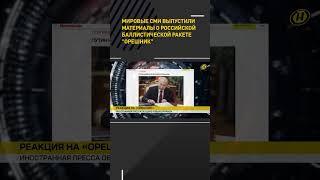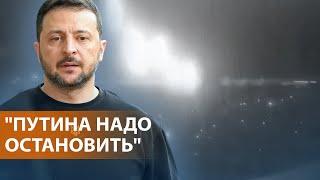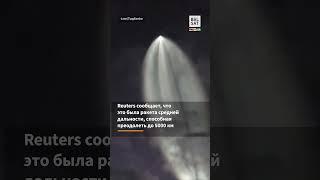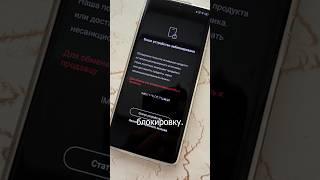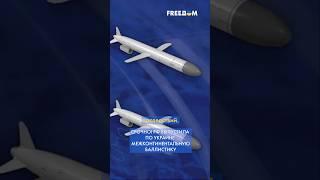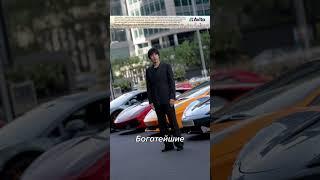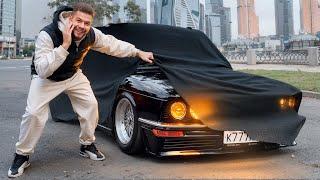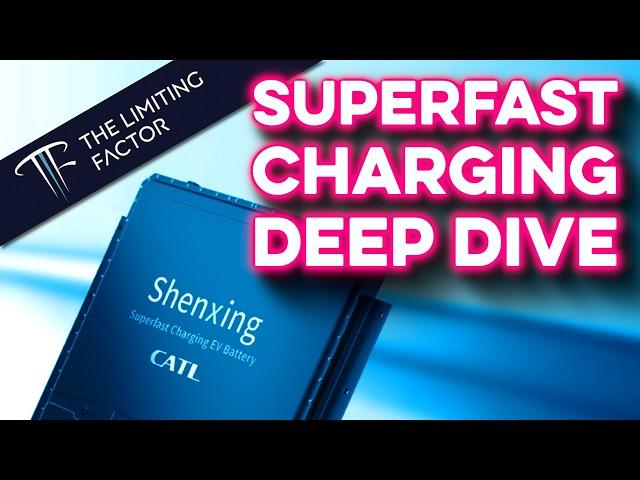
CATL Shenxing Plus Technical Deep Dive // How it Fast Charges
Комментарии:

THANKS JORDAN 🤗AND YOUR PATRON SUPPORTERS ,FOR THE INFO ℹ️🔋🔋🔋
Ответить
I have mate of mine who had a Porsche Taycan. He lives in Germany and occasionally he would take a trip to see his father about 500km away. Like a lot Germans he would thrash down the autobahn at very speeds, 150mph+ (250kmph+). The battery would be depleted in less than an hour. He would then have wait at least 45 minutes to get reasonable charge back into his battery before he set off again at ridiculous speeds. I used to tell him that if he travelled at half the speed the improvement in efficiency would perhaps allow him to the do the trip on one charge at the same average speed. His would reply; ‘what is the point of having a Porsche if you cannot drive fast in it?’. He then informed me that although many charging stations profess to supply 350kWh his reality suggested that the general maximum was rarely over 150KWh. Like charging stations I think many battery companies and car companies generally over-promise and under-supply.
Ответить
So similar performance to high nickel lithium ion batteries with better cold weather charging, better overall safety, and fewer expensive materials. I figured we would be seeing parity between LiFePo and NMC eventually, but I didn't think it would come so soon. In my mind, this throws into question whether the pursuit of high nickel chemistries for automotive is still even worth it. Especially since the potential for higher cost processes compared to normal LiFePo is at least a controllable cost rather than the ever fluctuating cost of the active metals. That is very exciting. Because moving away from expensive metals is crucial to getting prices down so EVs can be more competitive in lower tier markets, as well as to help meet environmental goals. It DOES pose problems for the economic models behind battery recycling, but that consideration should not stop innovation.
Ответить
I thought highland/Cybertruck EPA 2024 ranges were spot on with the real world range
Ответить
@Jordan: how about joing BlueSky? many ppl leaving X due to ... well, we all know why ...
Ответить
Beware of the words: up to
Ответить
Cherry SS battery has better specs and the factory is being built now
Ответить
Well timed video! Thanks
Ответить
Interesting how CATL reduced the price of their last-generation batteries to TSLA by 10% shortly before announcing a next-gen technology.
Ответить
Since it's low charge density in watts per kilo relative to NCM how do they get the extended range.
Ответить
The CLTC rating is not optimistic but more acurate for the average type of driving in China which involves more use of low speed congested city driving rather than the American profile of more high speed highway use.
Ответить
Excellent practical information without the babble. thank you for helping me understand!
Ответить
Thanks!
Ответить
Another great video Jordan.
I love the caution on just taking at face value the PR from companies.
I have lots of resfor CATL, they have earned their place. With that said, should always question the value of their press releases, and your video shows an example of why.
No one should just trust what companies say.

Watched the likes go from 217 to 422 while I watched this video. I love how many people find this dense topic enjoyable to learn about!
Ответить
Excellent synopsis on the announcement and the technology, Jordan
Ответить
Hi Jordan, I own a Tesla Model 3 with an LFP pack and live in a very cold climate. At -20c and below I typically supercharge around 10-20kW, but with a good, long precondition on the highway I can get to maybe 60kW. This is compared to my 180kW max, so I get about 33% of my rated charging speed, or less, on current Tesla LFP battery equipment. The Shenxing Plus battery sounds like a big improvement for cold climate people.
Ответить
Lots of news the past week about supposed solid state batteries nearing commercial scale up. I am skeptical. Would love Jordan to weigh in 😊
Ответить
Thx for the balanced report
Ответить
Very cool, Tesla could develop a competing chemistry for sure
Ответить
Excellent content, Jordan. As usual 🙏🏾. Thank you for parsing the excess jargon. Consummate professional you are.
More please

Even when you can find a working and available 350+kW charger for a car battery that can handle 350+kW charging, most sites' grid connection is only sized for a fraction of that load per charger and may get further throttled by grid operators during peak demand hours. Site hookups and grid power are the limiting factor to how practical ultra-fast charging can be. You can use buffer batteries to smooth out peaks, though that may add over a million dollars in site setup costs.
Ответить
Please help stamping out them EV haters spreading misinformation of wrong fire information!
Ответить
I wouldn't care about charging speed,.safety,life,costare more important
Ответить
I like your animations.
While i can easily grasp the narrative, its obvious that you put some time into your graphic representations

Wouldn't this new battery support higher charging speeds for longer, thereby achieving a quicker overall charge, even if the charger tops out at "only" 250kW?
Ответить
Excellent rundown of the battery technology development. China MAY be moving too quickly and having some risk.
Ответить
Excellent info Jordan, thanks for the effort you put on the videos and animations 👏
Ответить
Very professional and informative as usual. I always look forward to hearing your prognostications and discoveries!
Ответить
Thanks for the in-depth explanation.
Ответить
Always great!!!
Ответить
How are you coming up with the figures for your "real-world" range? What is real-world to you?
Ответить
I've been waiting for this one. Thanks Jordon!
Ответить
Excellent job. really good content
Ответить
The faster charging and charging at low temperature capability are probably connected by the choice of electrolyte mixture. Ethylene and proplyene carbonate start to freeze at low temperatures.
Adding ceramic layers to the separator films is also very interesting.

Nobody really needs a 7.500 cycle life battery. What I care is the time degradation. I want a battery that will last me 20 or 25 years @80% original capacity. In terms of cycles 1000 cycles is good enough and anything above it simply a bonus.
Ответить
US appears to be in catch-up status to Chinese batteries. Let’s put the pedal to the metal.
Ответить
Very good info, thanks.
One thing i have never seen you mention, is all these high voltage Lithium batteries that seem to exist in our modern phones.
Is that not a tech that is applied to new versions of car batteries also?
My new phone charges its battery to almost 4.5 volt at 100%.

Actually in China lots of locations that will be real useful, low temp charging is pretty common for lots of places in China for at least 3 months of a year some longer
Ответить
Excellent video. 👍
Ответить
Charging speed is an overrated spec. I've been driving a Model Y for over four years and almost never has charging speed been an issue. Neither was range. What matters is cycle life and reliability. Even cost is not so much of an issue anymore.
Ответить
XLnt again Jordan! It shows again that the emphasis of batt tech development should rather focus on total efficiency of the system than on the speed of driving/charging. As this will drastically better the lifetime of the batteries, together with the building of a well developed /reliable charge pod grid.
Ответить
The CATL announcement is what you get when a marketing department rehashes a consice technical document - half the information and all minor positives highlighted => a loss of technical context
Ответить
It's unbelievable that Tesla is not going with Shenxing Plus for new Model Y Juniper and went instead for the CATL 6M
Ответить
4C Batteries on Motorcycles are game Changer .
Ответить
Jordan - I thought I knew the battery and charger landscape pretty well, but you've presented a Master Class-level analysis and presentation so excellent, incisive, and clear I'm still wrapping my head around it. Incredibly well done, man. Props!
Ответить
Professional and well done!
Ответить
I would follow a different strategy with this battery. A 50 kWh sized battery would be cheaper, lighter and convenient enough to operate/drive because of the quick charge using the existing infrastructure!
Ответить
that'd be real milestone to have LFP battery that can compete with high nickel making it secondary. A lot (>40%) of people that sold their EVs are afraid of low charge level issues (that can't be solved with anything like fuel can) and burning their house down (since it should be normal to plug in the car overnight). There is a lot of China EVs that have real weak battery but that consumer issue is also about Teslas. My bad - can't find research about it in my browser history (and this research also have high price so there was no deep info available for me).
And we have an alternative - e-turbo systems (don't confuse with GM e-turbo engine) that ups petrol fuel efficiency to modern diesel ones (like 50%+) and not as heavy/complicated as other hybrids (inverter is still used so not that simple but still less than 50-100kg). People may shift into it and EVs may not become main transport ензу for another ~20 years (~2035 may up to 2050-2055)










![[KPOP IN SCHOOL] Touch, BBHMM, Supernatural, Jenny From The Block | 26EVO [KPOP IN SCHOOL] Touch, BBHMM, Supernatural, Jenny From The Block | 26EVO](https://hdtube.cc/img/upload/b3lqU2tEbjlweVc.jpg)

